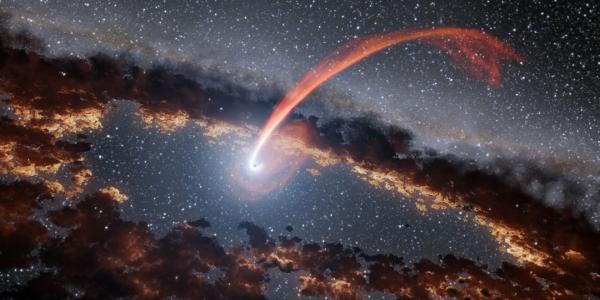Space Sciences/Astrophysics Seminar with Quin Abarr on Ultrahigh-Energy Neutrinos
The Payload for Ultrahigh-Energy Observations, or PUEO, is a long-duration balloon mission that has been selected for further study as part of the NASA Astrophysics Pioneers program; it is expected to launch on its flight over the Antarctic continent in December 2024, where it will either make the first detection of ultrahigh-energy neutrinos (greater than about 1 EeV) or place the best limits on their flux. When ultrahigh-energy neutrinos interact in the Antarctic ice, they produce a coherent radio pulse through the Askaryan effect. PUEO, flying high above Antarctica, listens for these pulses, as well as the radio emission produced by extensive air showers; while extensive air showers are often produced by cosmic rays in the upper atmosphere, they may also result from the decay of tau leptons, which are produced by tau neutrinos interacting in the Earth.
I will give an overview of the sources of ultrahigh-energy neutrinos, both cosmogenic and astrophysical, and the current limits on these, including those placed by PUEO's predecessor ANITA. I will explain the technique of radio neutrino detection and how ANITA implemented this, and then lay out the improvements incorporated into PUEO that increase its sensitivity over ANITA by an order of magnitude. Highlighting my contributions to PUEO, I will talk about the development of the simulation package nicemc that allows us to estimate PUEO's expected performance.
Sponsored by the McDonnell Center for the Space Sciences.

